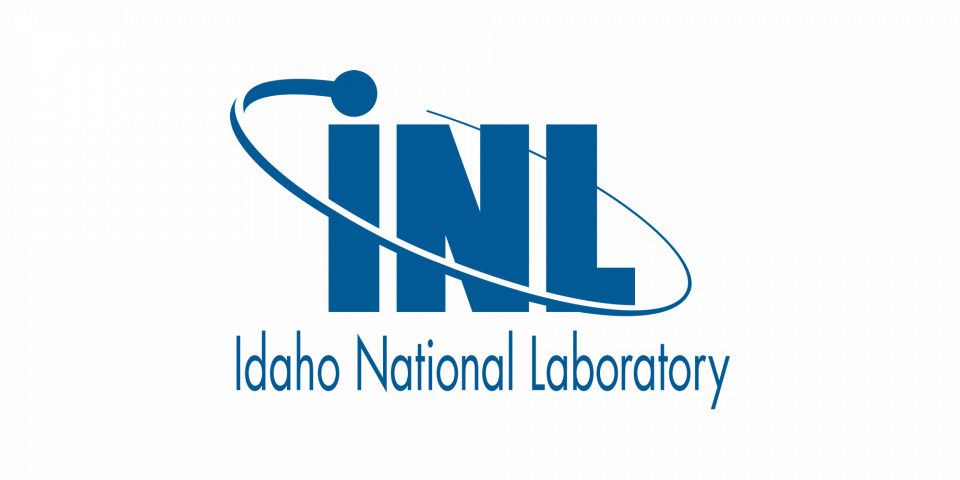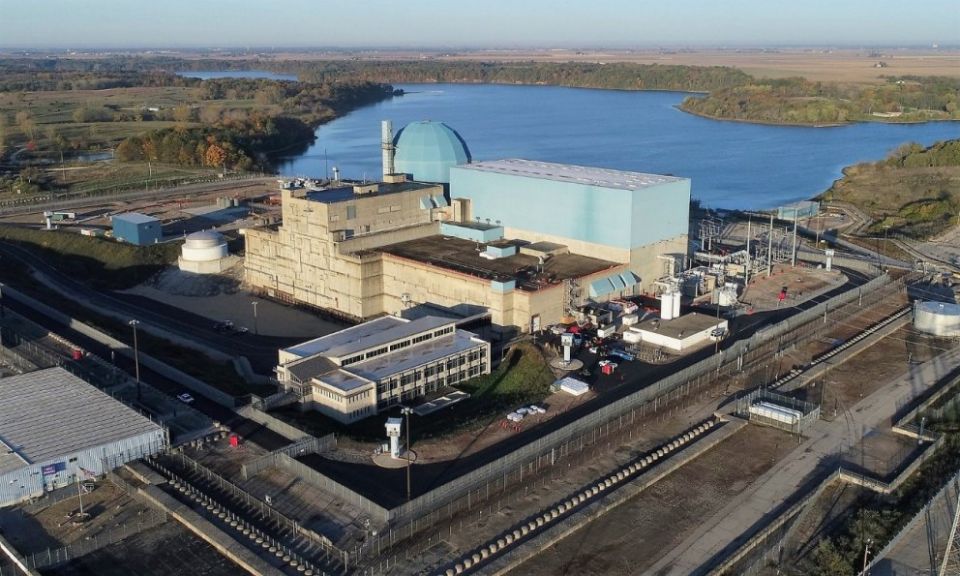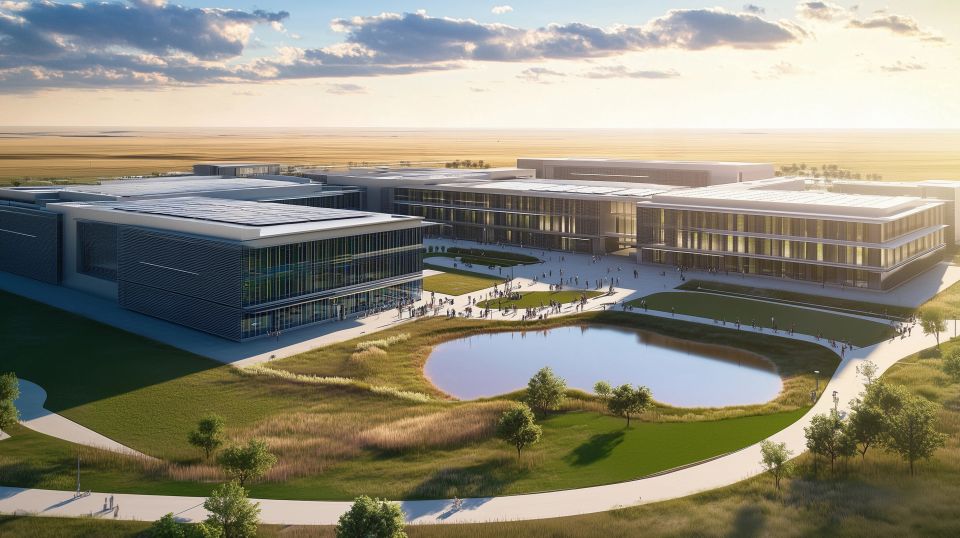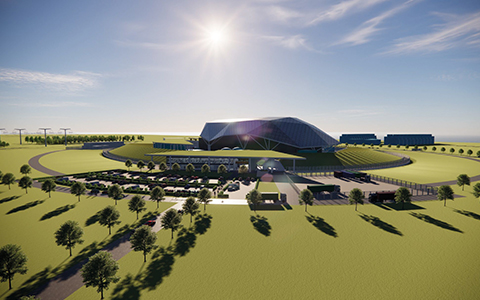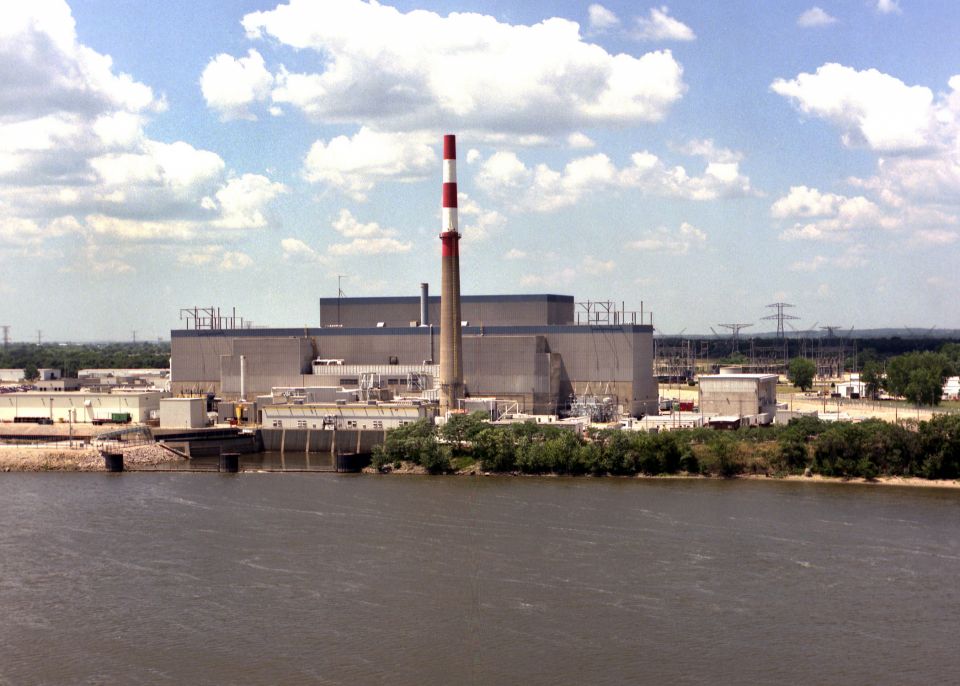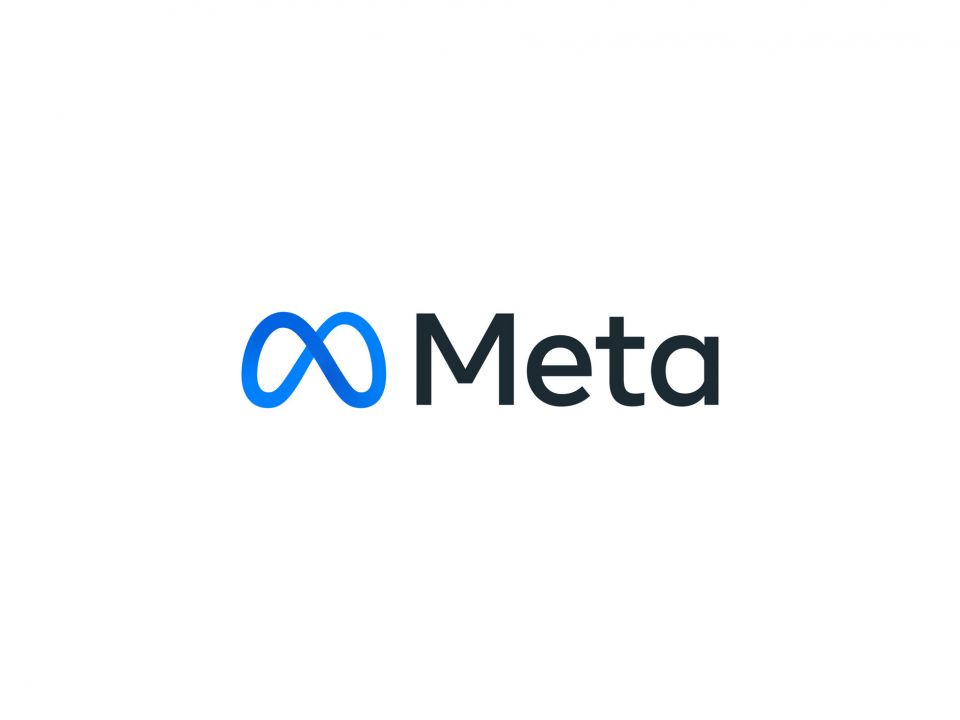AI and data center growth equal power demand

Ken Petersen
president@ans.org
Nuclear has been on a good roll lately and it is getting better. The 2022 Inflation Reduction Act (IRA) provides a nuclear power production tax credit. This has stopped the early retirement of deregulated units. The IRA also provides a benefit for the clean production of hydrogen. Many utilities have committed to a net-zero goal by 2050. Duke and other utilities have plans to transition coal plants to nuclear with small modular reactors.
And now, nuclear has a new supporter—tech companies.
The big U.S. utility companies (like Exelon, Duke, Dominion, Southern, and Entergy) are all projecting growth in electricity demand—primarily in the commercial sector but some residential growth is also expected. Commercial growth is being driven by new factories (thank you, IRA and CHIPS, that is, the Creating Helpful Incentives to Produce Semiconductors and Science Act). It is also being driven by data centers.




